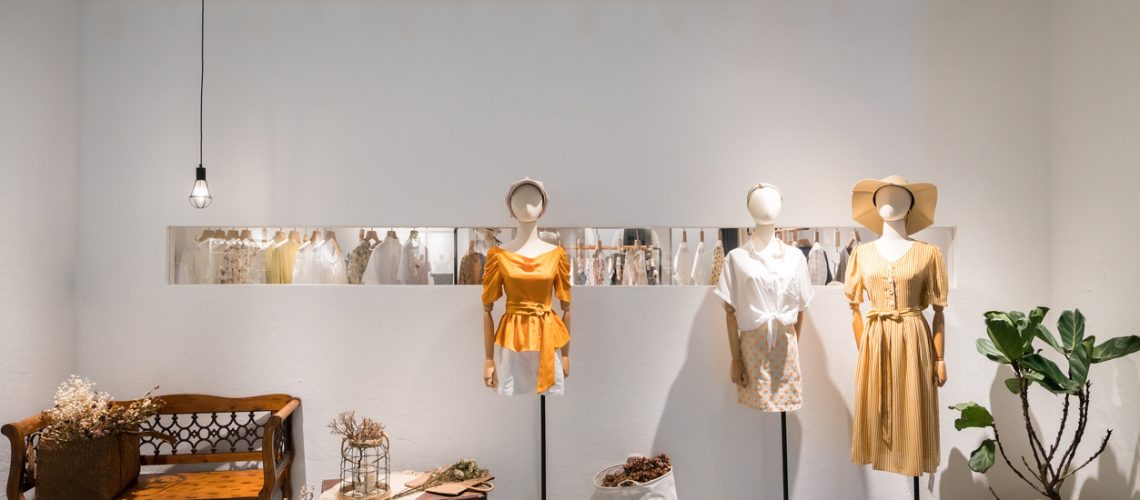A Deep Dive Into the Globe of High-Fashion Runways: Comprehending Apparel as Art
Designers, much like skillful artists, weave elaborate stories through fabric, shade, and form, redefining and challenging traditional standards elegance requirements. As we discover these sartorial eyeglasses, we must contemplate: what duty does style play in forming societal worths, and just how does it reflect the ever-changing tapestry of human emotion and identification?
The Advancement of Runway Shows
The trajectory of runway shows has transformed considerably over the decades, progressing from unique industry occasions to fascinating spectacles that mix style with art. Traditionally, runway shows made love affairs, held in ateliers or tiny locations, primarily attended by purchasers and market insiders. These early discussions focused on the garments' craftsmanship and business practicality, offering a direct and sensible screen of seasonal collections.
As the garment industry expanded, the nature of runway programs began to alter. The 1970s and 1980s marked a transforming factor, with designers looking for to differentiate themselves through more staged discussions. This period saw the surge of sophisticated collections, choreographed models, and thematic stories, heralding a new age where the path became an experiential system. The programs transformed right into a type of storytelling, where each collection communicated a distinctive story or concept.
Over the last few years, modern technology and social networks have actually additionally revolutionized path shows, making them accessible to a global audience. Livestreaming and electronic systems have equalized fashion, allowing lovers worldwide to witness these occasions in real-time (boutique fashion). This advancement reflects a broader social shift, where high-fashion runways act as a vibrant intersection of design, innovation, and efficiency
Designers as Dreamer Artists
Designers in the high-fashion market have obscured the lines between practical garment production and the theoretical realm of art. By accepting artistic disciplines such as sculpture, paint, and avant-garde installations, designers craft garments that test standard fashion norms and elevate them to art forms.
Visionary designers attract ideas from a myriad of resources, consisting of abstract art, historical recommendations, and personal narratives. They have an one-of-a-kind capacity to visualize and materialize concepts that push the borders of traditional fashion, usually redefining visual standards while doing so. This innovative ingenuity is showcased through dramatic shapes, ingenious materials, and elaborate workmanship, which invite viewers to experience style as greater than simply wearable things.
Furthermore, the path acts as a canvas for these artists, where illumination, songs, and set style coalesce to produce immersive experiences. These presentations are not just display screens of clothing yet are managed efficiencies that stimulate feeling and prompt idea, affirming the developer's duty as a true musician in the modern social landscape.
Cultural Influences in vogue
Cultural tapestry weaves its detailed patterns right into the material of style, affecting designers internationally. The dynamic interchange of social tales, traditions, and icons notifies and motivates collections that grace high-fashion runways.
The impact of culture on style is commonly seen in the reinterpretation of traditional garments and patterns. The usage of Japanese robes, Indian saris, or African prints in contemporary fashion mirrors a blend of social authenticity and modern-day aesthetics. Designers such as Valentino's Pierpaolo Piccioli and Alexander McQueen's Sarah Burton have actually been recognized to integrate rich cultural concepts right into their couture collections, converting history into wearable art.

Innovation in Textile and Style
Advancement in material and style consistently improves the landscape of high-fashion, pressing boundaries and redefining opportunities. Developers are increasingly exploring the assimilation of innovation, such as 3D printing, which allows for the development of complicated frameworks that were previously unthinkable.
The style sector is observing a rise in the use of eco-friendly products, obtained from recycled plastics, natural fibers, and even continue reading this biodegradable elements. Designers are accepting these materials to craft garments that are both visually striking and conscious of their ecological impact.
In regards to design, speculative kinds and progressive silhouettes are continuously transforming the runway. By incorporating unconventional products and innovative methods, designers cultivate garments that blur the line in between style and art, establishing new criteria for creative thinking and expression in the high-fashion round.
Influence of Style on Culture
Style wields an extensive influence on society, offering as both a representation of social identity and a stimulant for social adjustment. With its advancement, fashion has mirrored societal shifts, encapsulating the zeitgeist of numerous eras. The flapper outfits of the 1920s symbolized a newfound sense of women's liberation, while the vibrant prints of the 1960s resembled the cutting edge spirit of the time. High-fashion paths, specifically, act as systems for challenging standards and redefining beauty requirements. Designers use these venues to deal with pushing social problems, from sustainability to diversity, consequently shaping public discourse.
In addition, fashion has the power to bridge social spaces, fostering understanding and gratitude among varied teams. As globalisation speeds up, the cross-cultural exchange of fashion concepts ends up being increasingly significant, promoting inclusivity and variety. The surge of streetwear, originating from metropolitan subcultures, her comment is here illustrates how fashion can transcend socio-economic borders, granting people a way of self-expression and empowerment.
Basically, style is not merely regarding visual appeals; it is a vibrant force that affects values, perspectives, and societal progression (boutique fashion). By continuously engaging with social and social currents, style stays an essential part of the cumulative human experience
-a1f7b3f.jpg)
Final Thought
Developers, akin to visionary musicians, manage collections that mirror identity, emotion, and social stories, challenging traditional aesthetic appeals. This intersection of fashion and creativity not just captivates audiences globally however likewise influences societal assumptions and advertises a deeper recognition for cultural diversity.

Social tapestry weaves its elaborate patterns right into the fabric of fashion, influencing designers internationally.Style wields an extensive impact on culture, offering as both a representation of social identity and a stimulant for social adjustment.